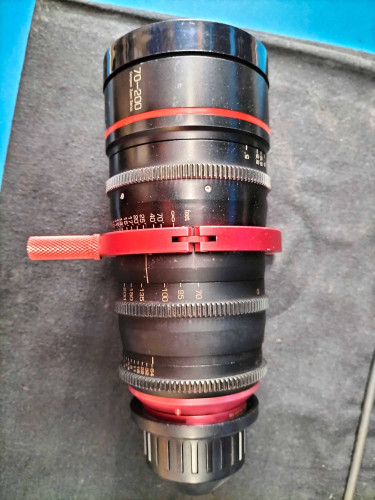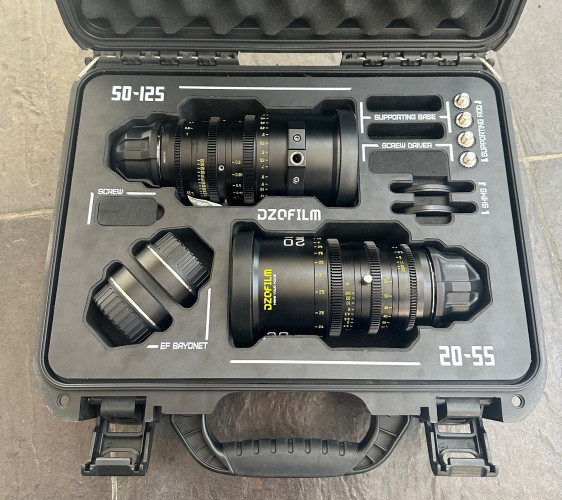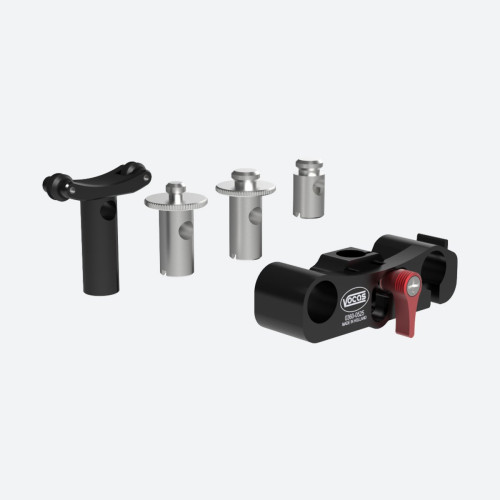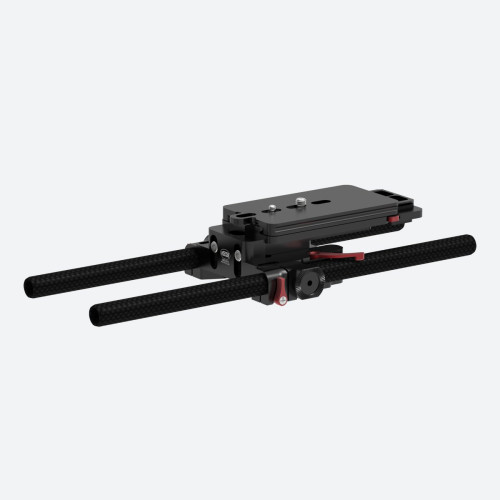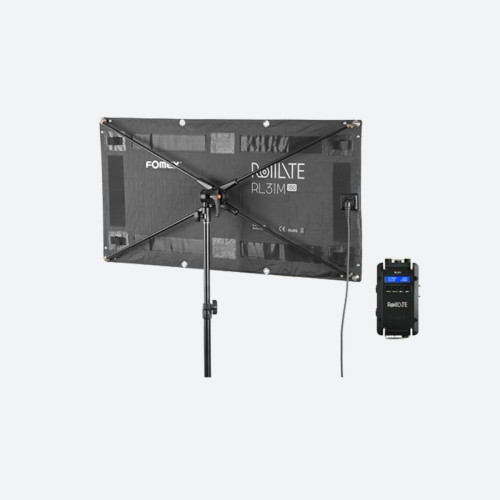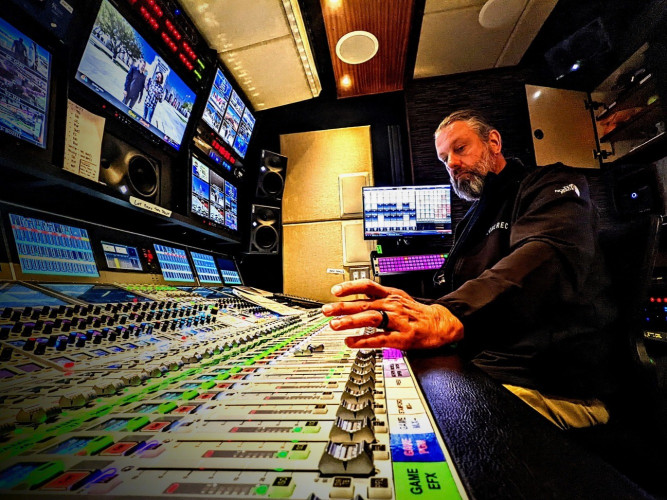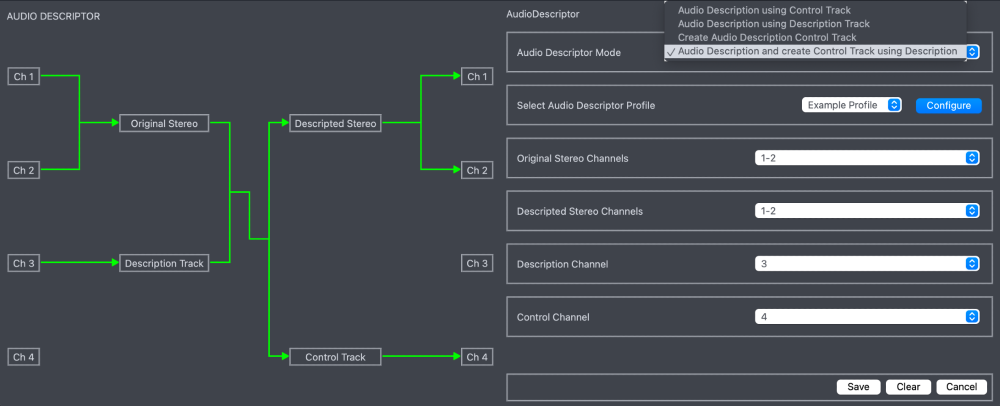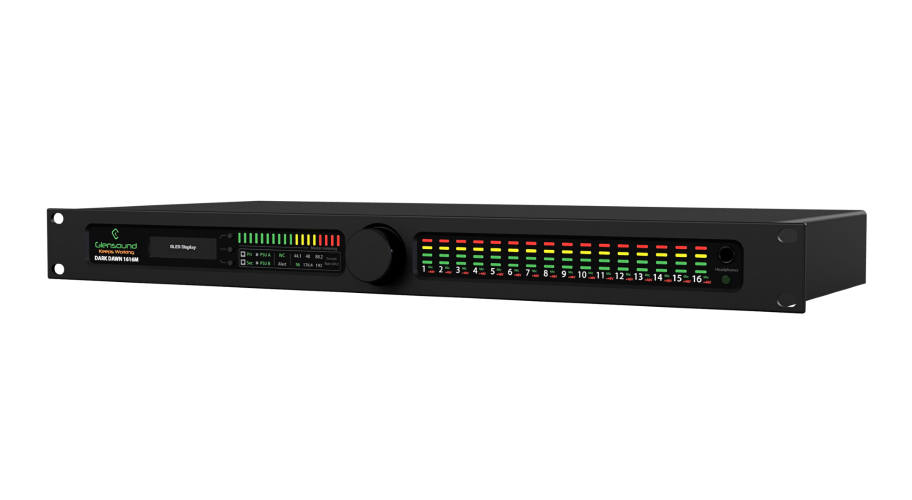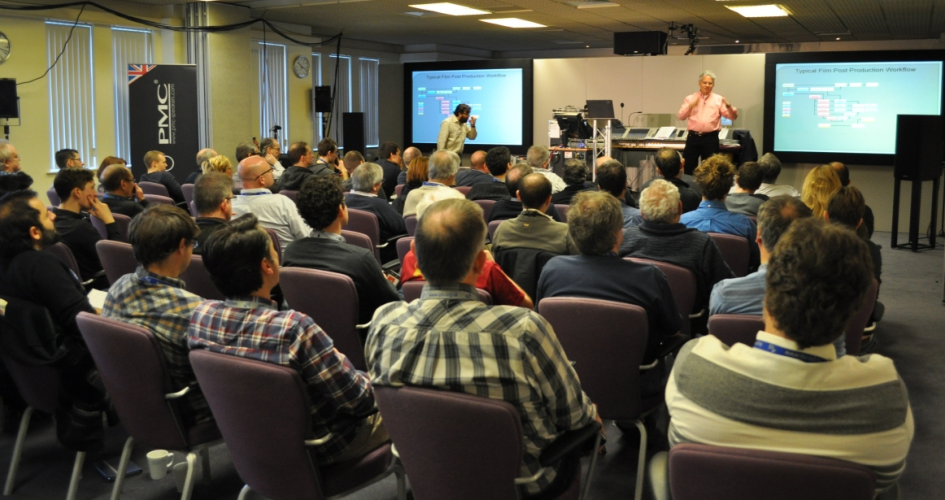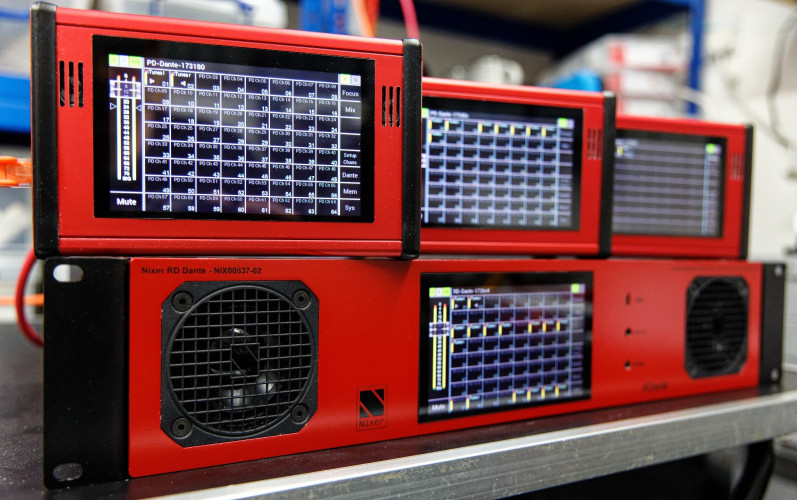The Loudness Issue in Todays Audio Systems
Author: Dennis Lennie
Published 1st January 2010
Complaints regarding audio being “too loud” have always existed. For example, the change from a television drama with little or no music or sound effects and quiet dialogue to a loud commercial can be quite jarring and will likely cause the viewer to reach for the volume control. This can happen when listening in mono, stereo or surround sound.
The key to resolving this issue is understanding why it happens.
Intensity versus Loudness
Audio is typically measured with VU and Peak Limit meters. VU measures intensity based on the power of the signal. Peak Limit metering measures the intensity of the audio signal in relation to the predetermined minimum/maximum intensity setup of the system.
However, even though one sets VU and Peak Limit metering so that two different programs have the same “levels” on the meters, when listening to the two audio signals back to back, they sound different when it comes to the loudness. This is because there are many factors in how we perceive audio that contribute to the loudness of an audio signal.
Much study continues to be done on how humans hear. Humans typically agree on the audio level of dialogue, but we do not always agree on the other content in an audio program, such as the music and sound effects. Humans do not hear with flat equalization for low-intensity to high-intensity sound — we hear sound with low intensities in the mid frequencies. However, for low and high frequencies, the sound must have a higher intensity for a human to hear it.
There are other factors with regard to how humans hear. For example, when there is a loud sound after a quiet sound, it sounds much louder than if the same loud sound is heard after another loud sound.
Measuring intensity does not tell the whole story for the audio level. Other measurement techniques (LeqA, ITU BS-1770) have been developed that pre-equalize the audio signal to more closely mimic how humans hear. These techniques utilize both audio channels in a stereo signal and the centre channel in a surround sound signal. The audio signal is measured over medium and long periods of time to determine the “loudness” of the audio content. So, in fact, when we measure loudness in a surround sound audio signal (centre channel) using these newer techniques, it is the dialogue loudness level that is being measured.
Dynamic Range
We are now moving to fully digital systems with a much wider audio dynamic range — the range from the quietest sound to the loudest sound. This wider dynamic range provides more creative potential for audio mixes, but can also create more potential for loudness issues.
In analogue systems, there was a narrower dynamic range, and the dialogue level (or the anchor in the audio mix) typically ended up where it should. In an audio mix with a wider dynamic range, the anchor may vary depending on the audio mixers choice; hence, the dialogue level is different between mixes in different programs and commercials.
Therefore, a need exists to normalize the dialogue level. The dialogue normalization level, or dialnorm as it is known, provides a measure of the loudness of the audio signal.
Audio Metadata
Audio metadata is added when the audio is mixed and carried along with the digital audio signal. As long as the audio metadata values (including dialnorm) are correct and the audio metadata always matches the audio if it is changed in any way, downstream audio monitoring devices will react to the audio metadata and help normalize the audio loudness — and help prevent the viewer from reaching for the volume control.
Addressing the Loudness Issue
Having one of the latest loudness measurement devices on the market (based on the latest standard ITU BS1770) will contribute to identifying loudness issues. Histograms provide the means to see a graphical representation of loudness over time, and could possibly even provide a log of loudness over days, weeks and months. Being able to see and update audio metadata is required if one chooses a means of utilizing audio metadata to assist with controlling loudness.
Loudness control devices also can be utilized for unknown content and not utilized for known content. The loudness correction device might require automation system control in determining whether to provide loudness correction and audio metadata updates. Another approach is to utilize a loudness control device that passes audio content when it is correct (dependent on the dialnorm value), and that corrects the loudness to the dialnorm value when required.
Other Considerations
Since audio loudness measurement techniques today are based on dialogue and measurements over a period of time, what about other audio content, such as music and sound effects? For music programming, an anchor point in the audio mix equivalent to dialnorm is utilized. There are issues with audio that is “spiky”—in other words, loud events that are short-term. An example would be an explosion or the loud “crack” of a bat hitting a ball just after the crowd hushes.
There are devices on the market today that take these short-term events into consideration and provide correction.
Conclusion
Using a modern loudness measurement tool based on the latest standard ITU BS1770 will go a long way to assist in analyzing the loudness in audio content. Either correcting the audio to the dialnorm in audio metadata, or correcting the audio content to a dialnorm value in the audio metadata will alleviate the loudness problem.



